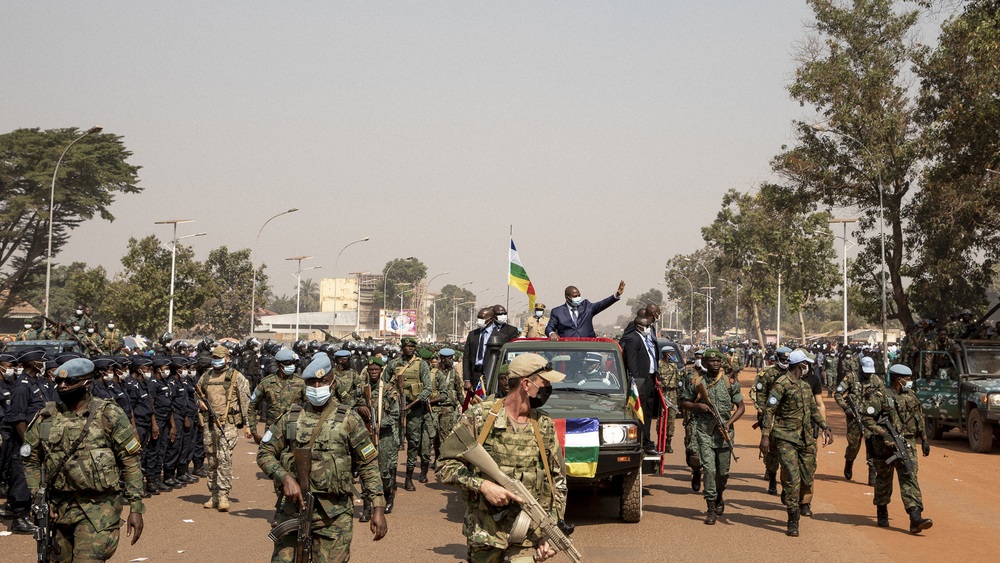Indonesia has pushed forward with its previously postponed regional elections on Wednesday with voters taking to the polls in an election that has been criticized as a result of rising coronavirus numbers.
Over 100 million people eligible to vote in the elections will get to choose nine governors, 37 mayors and 224 district chiefs across 270 regions. Staffed by almost 2.7 million election workers, the polls were originally supposed to be held in September. However, a delay was agreed on because of the ongoing coronavirus pandemic and Indonesia’s struggle to contain a substantial increase in infected cases.
The vote comes just days after Indonesia recorded its highest daily increase in new virus cases since the pandemic began — more than 8,000.
While the government of Singapore, through the National COVID-19 Mitigation Task Force spokesman, Wiku Adisasmito, has stressed the importance of adhering to protocols including wearing masks and social distancing, the health and non-governmental community still pushed for the elections to be postponed.
Going ahead with the polls despite the “uncontrolled COVID-19 pandemic proves that the government is ignorant of the health and safety of its citizens,” says Irma Hidayana, co-initiator of LaporCOVID-19, a non-governmental community coalition collecting data on the pandemic.
According to LaporCOVID-19, out of 76 candidates who have contracted the virus, four have been confirmed dead. Similarly, over 1,000 election agency workers were infected by the virus ahead of voting.
Masks have been made mandatory during the polls for both workers and voters alike, polling stations were also opened earlier than usual to avoid a rush and each voter was given a scheduled hour during which they could vote in a bid to minimize physical contact.
The world’s fourth most populous country, Indonesia has reported more than 586,000 cases since the pandemic started with 18,000 deaths so far. While these numbers represent the highest in Southeast Asia, many still believe that the virus is underreported in the region as a result of the low testing rate in the country.


